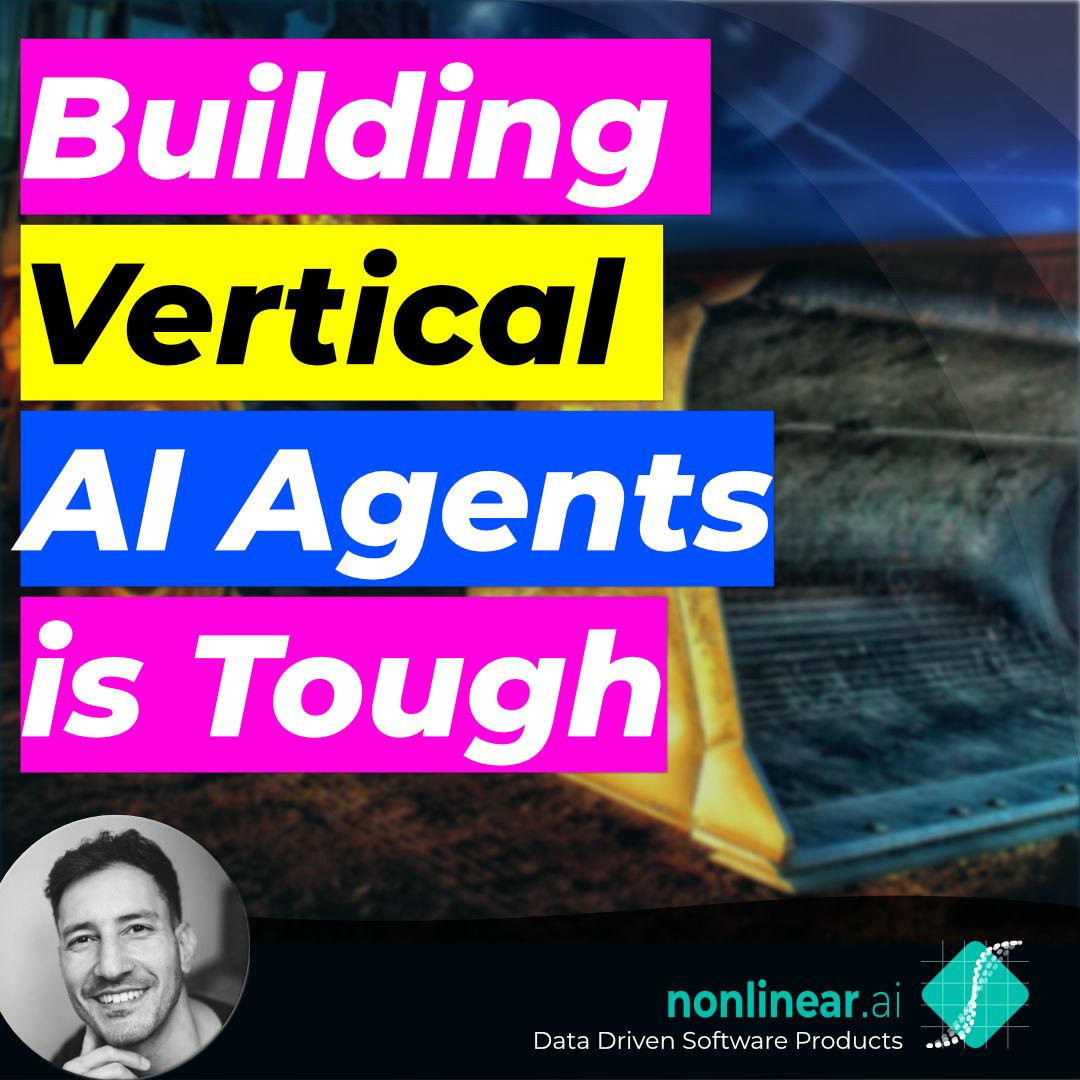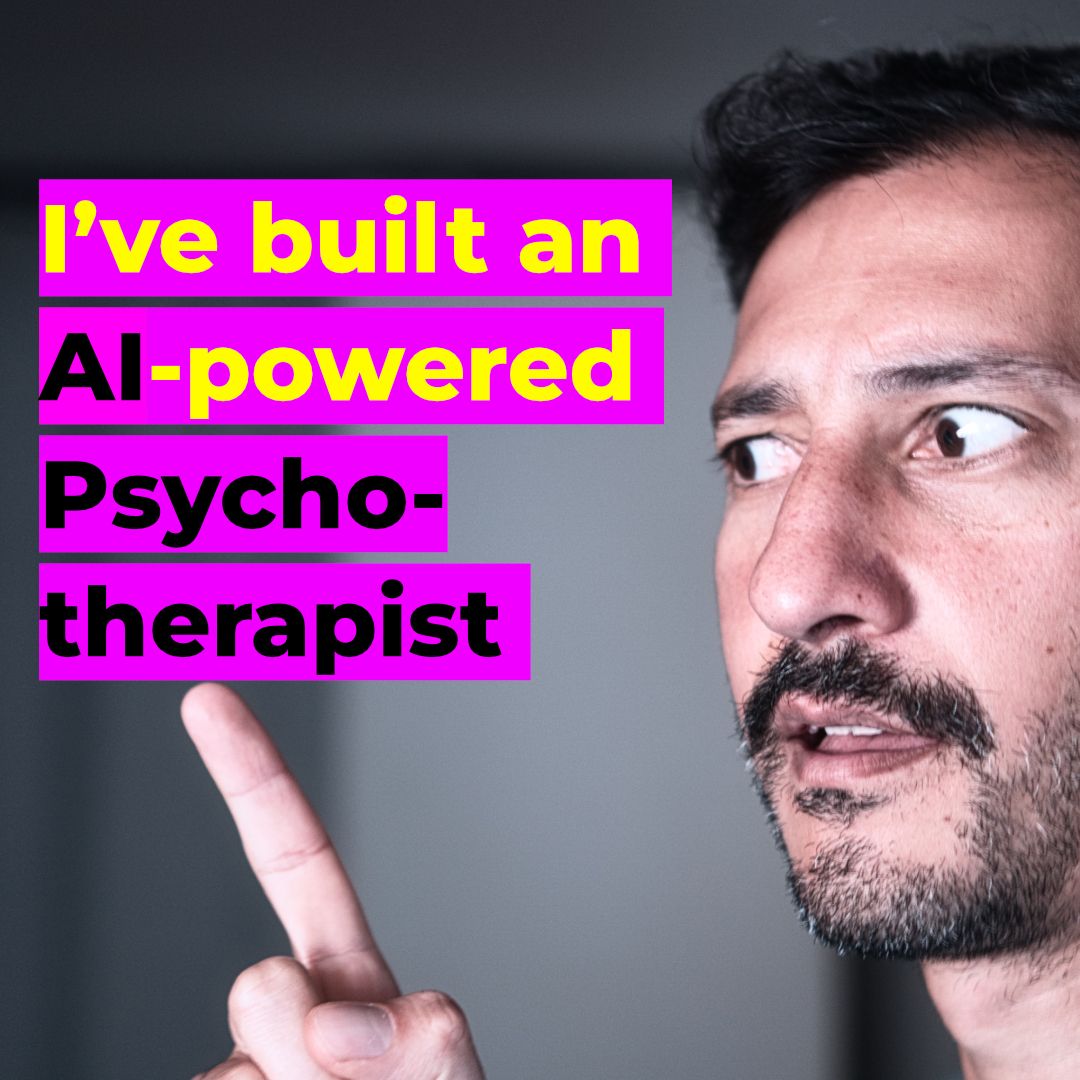In the rapidly evolving landscape of artificial intelligence, the phrase "data is king" has become a ubiquitous mantra. It's a simple truth that lies at the heart of AI development – the quality and quantity of data significantly impact the performance of AI models. However, there's another crucial aspect often overshadowed by the data itself: the data architecture.
The Power of Problem-Specific Data Sets
AI models, whether they are designed for natural language processing, image recognition, or any other task, perform at their best when they are trained on problem-specific data sets. These data sets contain information tailored to the specific challenges the AI model is expected to solve. When an AI model is trained on such data, it gains a deep understanding of the nuances and intricacies of the problem domain.
The Role of Data Architectures
On the other hand, data architectures play a pivotal role in the AI development process. These architectures are the backbone of data management in an organization, enabling the ingestion, storage, and processing of data on a large scale. They are responsible for ensuring that data is accessible, reliable, and secure.
Without a solid data architecture, it becomes nearly impossible to harness the full potential of AI. Here's why:
1. Data Ingestion:
A robust data architecture provides the infrastructure needed to collect data from various sources, including sensors, databases, and external APIs. This is the first step in building comprehensive data sets for AI training.
2. Data Storage:
Data architectures allow for efficient storage and organization of data, ensuring that it is readily available for analysis and model training. This includes handling both structured and unstructured data.
3. Data Processing:
The processing capabilities of data architectures enable data transformation, cleaning, and enrichment. This step is critical in preparing the data for AI model training.
4. Scalability:
As data volumes grow, a scalable data architecture can adapt to accommodate increasing data needs, ensuring that AI models remain relevant and effective.
The Challenge for Companies
Many companies generate vast amounts of data that are inherently suitable for custom AI model training. However, despite having the raw materials, they often lack solid data architectures to capture, store, and process this data effectively. This gap between data generation and data utilization can limit the potential of AI within these organizations.
Can Custom AI Models Thrive Without Solid Data Architectures?
In a word, no. Custom AI models rely on problem-specific data, and without a robust data architecture to support the data lifecycle, the development and deployment of these models become an uphill battle.
A solid data architecture isn't just a technological necessity; it's a strategic asset. It empowers organizations to make the most of their data resources, enabling them to innovate, solve complex problems, and gain a competitive edge in the AI-driven era.
In conclusion, while data may be king in the realm of AI, a solid data architecture serves as the throne upon which custom AI models can truly rule. To unlock the full potential of artificial intelligence, organizations must invest in both the quality of their data and the architecture that supports it. It's a synergy between data and architecture that paves the way for AI success.



